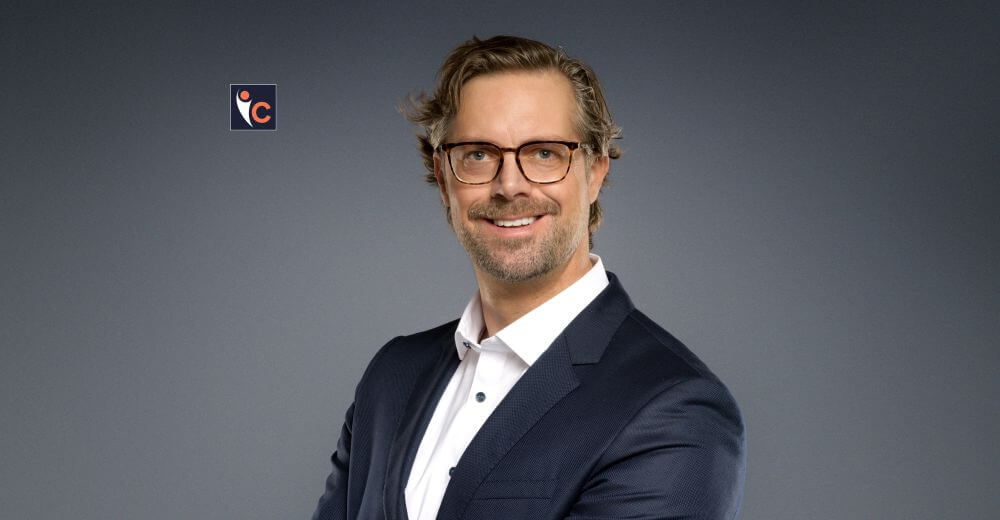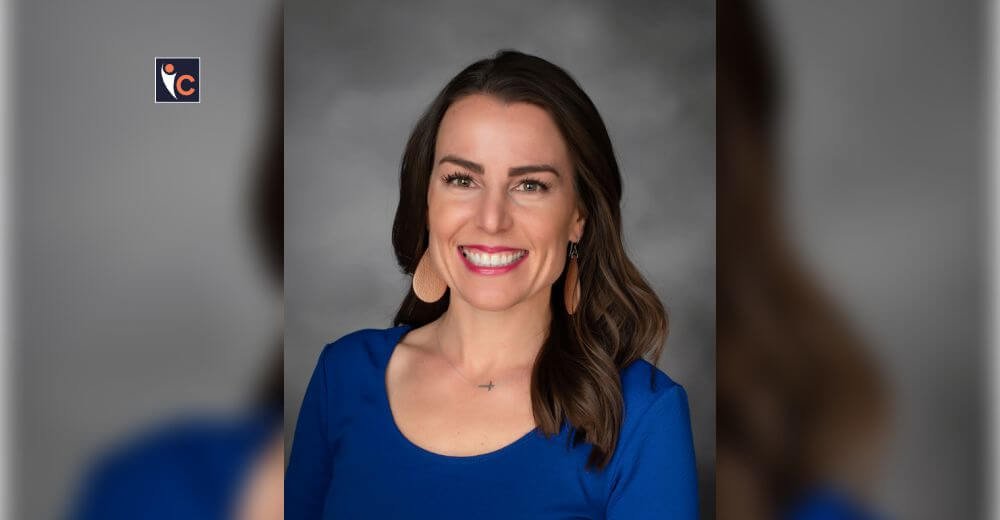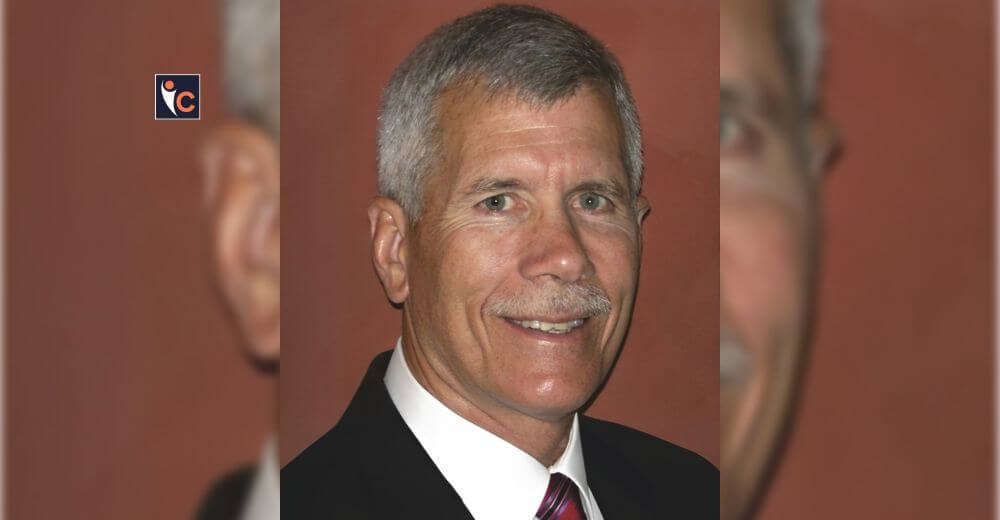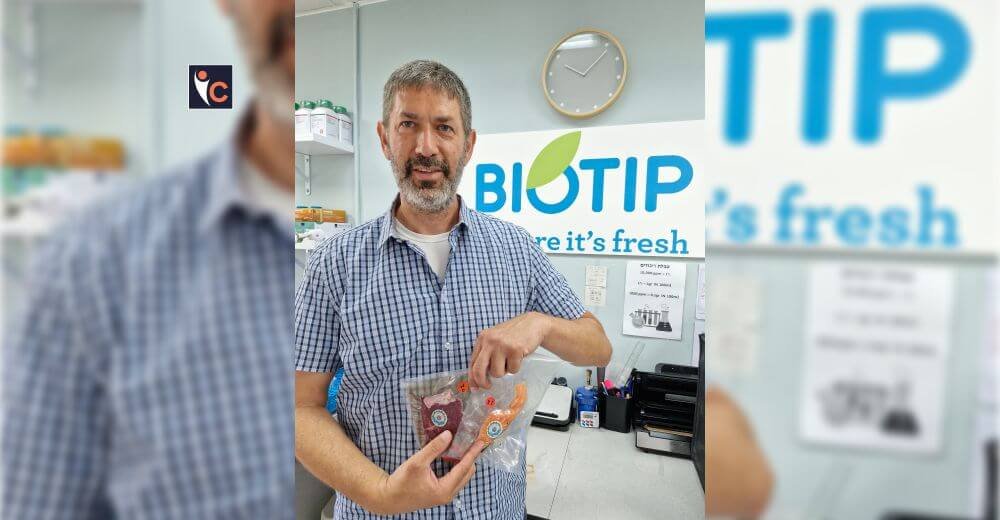If you spend hours on the toilet or go to the bathroom less than three times a week—then you might be suffering from constipation. Constipation is a widespread problem that is affecting more than 250 million people across Europe and the US, among which 70% do not seek medical help. Rather, they resort to the regular use of laxatives which end up causing harmful side effects such as intestinal paralysis, lazy bowels, or cathartic colon.
Observing the current practises of bowel management left Dr. Markus Wilhelms, CEO, in awe. These laxative solutions were not only harmful for chronic patients but also weren’t effective in meeting their care needs. Detecting such clinical flaws, he and his team came up with MOWOOT—a medical device inspired in abdominal massage—a research-proven, non-laxative solution against chronic constipation. Unlike having to visit a massage professional every month, this device allows the patient to seek daily relief, in sessions of 10 to 20 minutes. During the treatment, the device stimulates the colon and facilitates intestinal transit, thus proving to be a reliable solution against constipation.
Such an innovation reflects Dr. Wilhelms’ curiosity and leadership in addressing the global health concern. While the world has been exploring shortcuts and unnatural ways to seek relief from a poor bowel movement, Dr. Wilhelms has taken measures to deliver a scientific-proven solution via his innovative medical device MOWOOT.
Let’s get to know Dr. Wilhelms’ journey in treating chronic constipation.
Dr. Wilhelms’ Source of Inspiration
Dr. Wilhelms is a molecular biologist by education with 20+ years of experience in the field of gut health. He has been working with innovative methodologies in healthcare for the past 10 years. He is also a business coach for the European Commission where enjoys working with early-stage companies as a mentor and lecturer in selected accelerator programs for medical device development in his spare time.
The founding team of MOWOOT—Dr.Wilhelms, Dr. Immaculada Herrero, Marc Benet, and Dr. Angel Calzada met in 2014. “After thoroughly analyzing the unmet need that we had detected in the management of bowel dysfunctions of chronic patients with hundreds of stakeholder interviews, we knew that this is something that needs to be solved and that we were the right team to do it,” reflects Dr.Wilhelms.
Thus, in 2014, MOWOOT’s founding team performed a two-month clinical immersion in a neuro-rehabilitation hospital within the framework of the ‘Design Health Barcelona’ program, a European version of the ‘Biodesign’ program for needs-driven innovation in healthcare, created by the Stanford University. The goal was to observe and detect unmet clinical needs.
But what was most striking for Dr.Wilhelms himself and the team were the shortcomings of the current standard of care in bowel management, especially for neurological patients (spinal cord injury, multiple sclerosis, and related). Existing solutions had low efficacy, several side effects and other major inconveniences for chronic patients and did not seem aligned with their needs.
“We saw that even though the patients were suffering, many were reluctant to discuss this topic openly, due to its private nature and the taboo that is still associated with defecation,” says Dr.Wilhelms. “Maybe that was part of the reason for this unmet need. Somebody had to do something about it, and we were ready to take the challenge!”
Alignment of Internal Operations with External Needs of the Market
Being the CEO of the company, Dr.Wilhelms is consistently involved in activities like fundraising and usual paperwork. But his main contribution within the company goes with developing business strategy, aligning products and markets, and ensuring that each team member understands what is expected from him or her. The team member has a well-defined role that impacts the success of what the company is doing. Thus, Dr.Wilhelms believes, “They must know the depth of why a particular role is important to the company, followed by the goal of improving the quality of life for patients suffering from bowel dysfunction. This needs to be aligned internally and coordinated with the market externally to make sure our innovation reaches the patients that need it.”
MOWOOT—an Alternative to Enemas and Laxatives
MOWOOT is the first ‘Intermittent Colonic Exoperistalsis’ (ICE) device on the market, a non-drug and non-invasive solution without the drawbacks and side effects of the current standard of care. This device applies external pressure alongside the large intestine to substitute reduced or missing colonic contractions in severely constipated patients. ICE works in line with the physiological functions of the body and is not trying to work around them, as laxatives, enemas and other approaches do. As a result, ICE does not have the side effects of the other approaches and many patients describe the treatment even as pleasant. Such a device can simply be worn over clothes, sitting, or lying down comfortably, and positive results have been shown with as little as ten minutes of daily use.
In patients with permanent severe neurological pathologies that lead to neurogenic bowel dysfunction, ICE treatment manages the problem, but lifelong adherence is necessary. “We have indications that patients with less severe chronic idiopathic constipation can ‘retrain’ their colonic motility with our device, analog to how an exoskeleton can retrain gait in movement-impaired patients. But this needs to be evaluated in further studies,” states Dr. Wilhelms.
R&D Operations
To ensure that the company delivers the best possible value to different stakeholders and patient types, Dr. Wilhelms believes that it is essential to keep one’s eye open to the product and market needs that are continuously evolving. “While we initially focused on entering the market with a simple product that addresses the core of the unmet need, we are now ‘fine-tuning’ our value proposition,” he says.
For example, the current R&D projects include improving the eco-sustainability of the company’s product with the use of novel materials, which is not only good for the environment but will also be crucial in the future to secure public healthcare reimbursement in line with the EU sustainability goals.
In addition, Dr. Markus and his team are also working on the development of an AI platform that is especially interesting in the context of new devices that the team is developing for complex adjacent clinical indications like IBS. “The potential impact of the data we would be able to harvest could be huge, but at this stage, I cannot go into more detail,” says Dr. Markus.
Endeavors to Improve Care Measures for Constipation
With the development of the company’s device and the ‘Intermittent Colonic Exoperistalsis’ technology, the MOWOOT team has completed a full circle of innovation: from detecting an unmet need in the standard of care, developing a solution to fulfil this need, and now forming part of a new and improved standard of care. MOWOOT device has already entered several clinical guidelines in Germany, the UK and on the EU level and is reimbursed by private and public healthcare in some of these markets. Dr. Markus and the team are currently working on expanding their success story to new markets and clinical indications.
Challenges and Opportunities
“Currently, our main goal in the different EU markets is to get reimbursement codes from the public healthcare system. As mentioned earlier, in the EU this is a complex country-by-country approach,” highlights Dr. Markus.
“Key part of our go-to-market strategy is working with medical key opinion leaders (KOL) in the different markets. This, as well as ongoing direct contact with the patients, helps us to further align our value proposition to the real world needs and enter local clinical guidelines, which results in more prescriptions of our device and more patients impacted positively.”
Words of Wisdom
To the budding entrepreneurs and enthusiasts who desire to venture into the healthcare sector. Dr. Markus advises, “Make sure you understand the needs of ALL stakeholders (beyond the patient, such as prescribers, payors, regulators, sales channels, etc) as soon as possible. What type of evidence or incentives do these different stakeholders need to adopt your innovation? We all start with the patient outcomes in mind, but you will only be able to reach this goal if you have a good value proposition for all the stakeholders and fit into the system.”
Wrapping Up
To summarize, the company is currently working on securing public healthcare reimbursement for its first product which focuses on chronic constipation in additional EU markets. For this, the company has several clinical studies ongoing or in preparation that will enable it to enter a broader market, geographically speaking but also clinically.
In parallel, Dr. Markus and his team are developing new devices for other bowel dysfunctions, such as IBS, which is a huge market by itself. Furthermore, the addition of a digital platform to their technology and the potential of big data that they can harvest for pathologies that are still poorly understood but affect over a quarter of the general population is huge.
“As we received the FDA breakthrough device designation for our technology last year, we will naturally also start to work on the market entry in the USA. And once again, all this starts with a thorough analysis of the requirements and needs of the different stakeholders,” concludes Dr. Markus.
CEO’s Thoughts on Improving Care for Healthy Abdominal Functions
“Regarding bowel management, we believe that solutions should focus more on working in line with the patient’s physiology, instead of bypassing them. Apart from being a natural and safer approach, this prepares the body for a smooth transition from treatment to functioning autonomously and lowers the risk of dependency in those patients that might be able to regain a healthy gut function.
Regarding the healthcare system in general, it is obvious that bringing a MedTech innovation to the market is a complex and resource-intensive endeavour. You not only need to deliver the expected clinical outcomes for the patients, but also make sure your technology fits into the healthcare ecosystem of prescribers, payors, regulators, etc. Especially reimbursement requirements are still largely different in each EU country and sometimes hard to predict due to a certain lack of consistency.
While regulations and certain obstacles are necessary to make sure only safe and effective innovations enter the healthcare system, a unified European system would enable healthcare innovations to be adopted into clinical practices more efficiently, which in turn would guarantee equal patient access throughout Europe. The relevant stakeholders should collaborate to ensure that funding and reimbursement processes are as efficient and timely as possible.
With the current obstacles of a country-by-country approach in the EU, combined with the new MDR regulatory standards that are stricter than the FDA (USA), Europe is losing its attractiveness for innovative medical technologies. Ultimately, European patients might pay the price by missing out on innovative solutions.”
| Next Story: https://insightscare.com/best-friend-of-mothers-kidolog/ |










